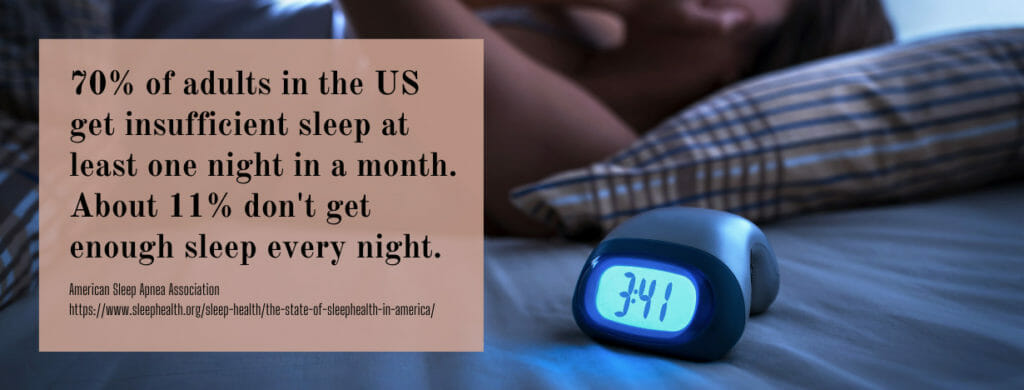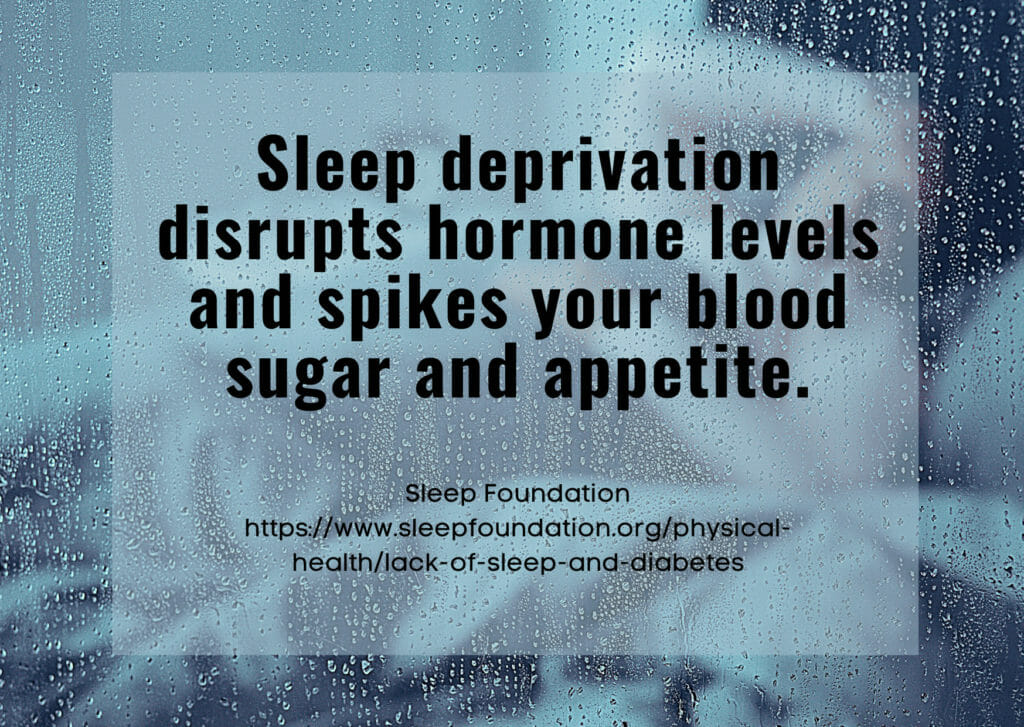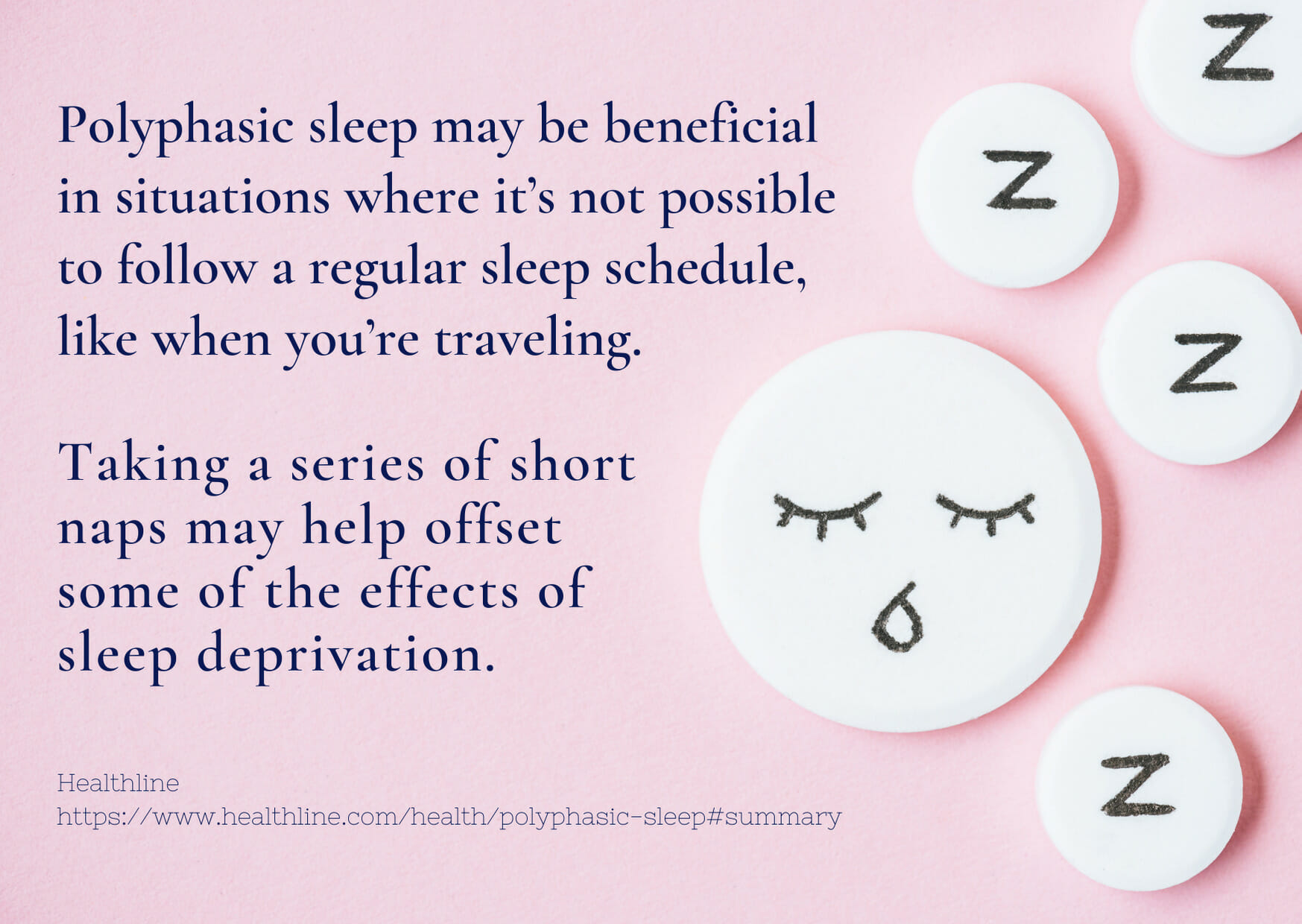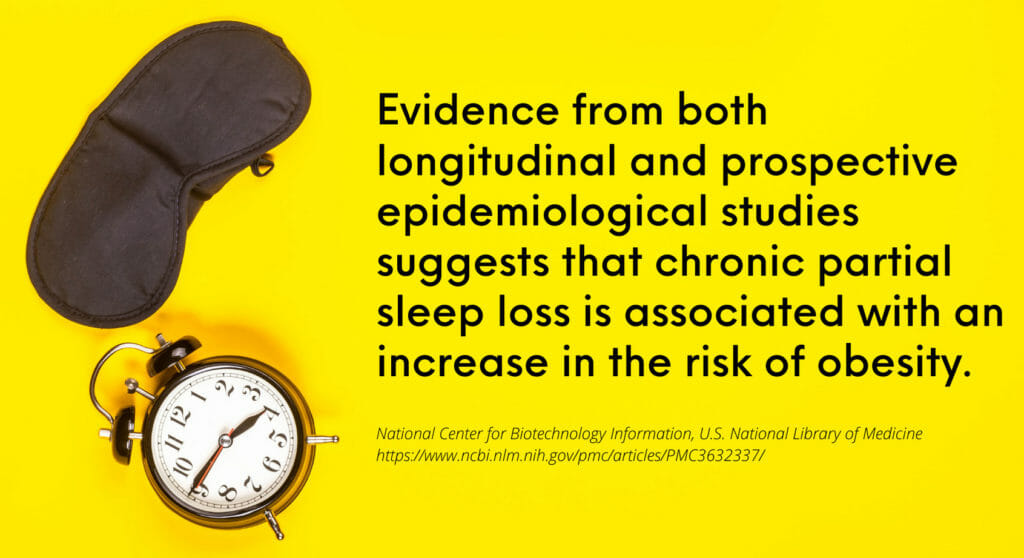One of the essential aspects of your health is to have enough amount of good quality sleep. Its importance is paralleled with a balanced diet and physical exercise. Unfortunately, there are too many things that disrupt and interfere with our natural sleep patterns.
People are now generally sleeping lesser than some decades ago, and even the sleep quality has declined over time. Sleephealth.org reports that 70% of adults in the US admitted getting insufficient sleep at least one night in a month, and 11% said that they don’t get enough sleep every night.
Such data mention that there are about 50 to 70 million Americans who are suffering from sleep-related problems.

This chronic problem in America has led to some health risk factors. According to a report by the Centers for Disease Control and Prevention, short sleepers are more prone to being obese, physically inactive, and more likely to engage in smoking than people who sleep for seven hours or more.
This article will tackle a specific kind of sleeping cycle which is called Polyphasic sleep. You will learn more about it, its merits, and its demerits. Eventually, you can assess whether it’s suitable for you and what supportive tools you can use for it.
Why is It Called “Polyphasic”?

If it’s your first time to hear the term “Polyphasic Sleep,” you should know what it means and why it’s called that way.
A polyphasic sleep cycle means a person will sleep in more than two segments per day. The word Polyphasic is broken down into two terms which are “Poly” (many) and “phasic” (phases).
Hence, it means this kind of sleeping pattern comprises 20-to-30-minute naps that are spread throughout the day, even with or without a continuous sleeping core time at night.
Many people are usually engaged in monophasic sleep, which is considered normal for humans and other primates. However, a vast majority of mammal animals follow a polyphasic sleep pattern. Nowadays, many people adopt the same cycle to maximize their wakeful hours since it doesn’t reduce or affect the total number of hours in a day anyway.
This unorthodox sleeping pattern has now been applied among people working in the Silicon Valley to milk as many productive hours as possible in a single 24-hour span. Quite interestingly, some well-known people in society are said to be polyphasic sleepers, although they’re usually unsourced and remain unproven.
Some famous people claimed to be polyphasic sleepers include Leonardo Da Vinci, Thomas Jefferson, Winston Churchill, and Albert Einstein. Up to date, there are still some more indications and evidence required to prove such claims.
What are the Strategies or Types of Polyphasic Sleep?
Historically, the theory of polyphasic sleep and its benefits has never been backed up by scientific data and resources and is often bordered on pseudoscience. Some people claim that polyphasic sleepers tend to be more productive than traditional monophasic sleepers.
As these claims become more popular over the last century, there have been different types or categories of polyphasic sleep schedules discovered and patronized. Take a look at each one:
Dymaxion
- Developed in the 1920s by Buckminster Fuller
- Most drastic polyphasic sleep cycle
- Requires four 30-minute naps every six hours, which all sum up to 2 hours of sleep daily.
Uberman
- Developed in 1998 by Marie Staver
- Named after Friedrich Nietzche’s Ubermensch
- Requires six 30-minute naps in a four-hour interval which sums up to 3 hours of sleep per day.
Everyman
- Also created by Marie Staver
- Perfect for those who struggle to keep up with Dymaxion or Uberman
- Allows a core sleep period of 3 hours which usually falls from 1 am to 4 pm
- Followed by three 20-minute naps
Different people have different sleep requirements. Some will have to sleep for eight hours, but some are good to go with just five hours of sleep at night and with some short naps throughout the day.
Benefits and Downsides of Polyphasic Sleep
Before you decide to apply a polyphasic sleeping pattern in your daily routine, it’s helpful to understand their potential benefits and risks. Here are some:
Pros:
- May increase level of productivity
- Can easily adjust to a circadian desire for afternoon naps
- Reduces stress because of insomnia
- Able to accommodate flexible working schedules
- It trains the brain to enter into a deep sleep faster
- Improves mental clarity
- Can meet sleeping hours required (if computed in total hours)
Cons:
- Some people find it hard to adjust
- Difficult to sustain in different work environments
- Can cause sleep deprivation
- Napping in the daytime may not be of high-quality sleep
- Seasonal daylight pattern like daylight saving time could affect your sleeping pattern
- Hormones developed at night might be impaired and disrupted
- Possibility of not reaching the number of daily sleeping hours required
Common Polyphasic Sleep Effects And Risks

A 2017 study was conducted to study the sleeping patterns of 61 participants, all of which are undergraduate students. This observation compares their sleep habits to their academic performance.
The results show that students who have irregular sleeping patterns usually have disturbed circadian rhythms. Polyphasic sleepers tend to demonstrate poor academic performance compared to those who are not, despite having a similar number of hours of sleep.
The risks of polyphasic sleep schedules can be most associated with the similarities of the health risks garnered from sleep deprivation. These are the risks involved in chronic sleep deprivation:
- Anxiety
- High blood pressure
- Heart disease
- Diabetes
- Obesity
- Stroke
- Psychosis
- Depression
- Memory loss
- Impaired immune function
What Current Research Says About Polyphasic Sleep
As of the present, there is extraordinarily little scientific proof to support claims about the safety of polyphasic sleep schedules. It has not been proven to improve mental clarity and increase productivity among human beings.
What it can provide, though, is a chance for you to increase your possibilities of being productive due to an increase in your working or waking hours. However, the level of efficacy or productivity of the job taken during these total working hours has not been measured yet.
A study conducted in Oman that has gathered 400 volunteer participants has concluded that people who have applied polyphasic sleeping patterns have demonstrated high daytime sleepiness levels. They have struggled to perform effectively compared to those who are under the monophasic sleeping pattern.
Interestingly, people who have slept in biphasic schedules with an afternoon siesta were seen to have the most favorable results among the three.

Is it Safe for People with Health Issues to use a Polyphasic Sleeping Pattern?
Since there are lacking proofs, research, and pieces of evidence to settle on a conclusion whether segmented sleeping is safe, you should avoid it unless you have a reason to follow that kind of sleeping pattern, according to Clete Kushida, MD, Ph.D., medical doctor of the Stanford Sleep Medicine Center.
However, on the contrary, Mary Carskadon, a prominent American researcher in sleep, mentions that since there is no known evidence that sleeping in two rounds at night could cause health problems, then it would be acceptable to sleep in that pattern.
One of the essential things to keep in mind about polyphasic sleep, though, is to be keen on the artificial light in your room that might influence your circadian rhythm. It is essential to keep your light dim at night and avoid LED bulbs because they have the most significant effect on your body’s internal clock.
How to Make Polyphasic Sleep Work for You?
Manage your sleeping time.
Schedule and organize your sleeping time. There is a necessary and healthy amount of sleeping time required for each person, and you need to follow it to stay in good physical and mental condition. You may hack many sleep schedules, just like some other people who don’t sleep continuously for 6 to 8 hours at night. However, make sure to equal the same amount of sleeping hours at the end of a 24-hour cycle.
Set a routine.
Even if your sleeping time constantly changes and is never fixed, it is adequate to forecast and estimate it. Depending on your preference and body requirement, you might need to get about four to six hours of sleep at one time. REM cycles are necessary for your brain to rest, which also leads to an increase in productivity. Plan your schedule right by adjusting naps and sleeping hours on morning or evening shifts.
Invest in the best sleeping environment.
If you want to hack your sleeping habits, you might as well invest primarily in gears and tools that will allow you to sleep as quickly as possible. Broken schedules may sometimes lead to difficulty in deep sleep, but with the right tools as support, you can sleep easily without wasting idle time.
One of the most effective tools for sleeping fast is to use the best mattress suitable for you. It could be memory foam, or any other kind of mattress, as long as it will make you comfortable, relaxed, and fast asleep in a couple of minutes.
Maximize productivity at certain times of the day.
The secret of maximizing your daily productivity is to utilize the time when you’re at your best. It could be during midnight, the crack of dawn, or late afternoon. Whatever time it is, use it to your advantage as it’s the best time you can focus, be creative, and stay productive. It’s the peak time for you to perform without pressure and stress. You will achieve your daily goals at your own pace because it’s a regular time for you to do it.

Polyphasic sleep can never be summarized in a black-and-white context due to a lack of research and evidence. What’s important is to educate yourself about it and, learn how it works, and determine if it is worth exploring to attain a different and more efficient sleeping cycle.
Need Sleep Help?